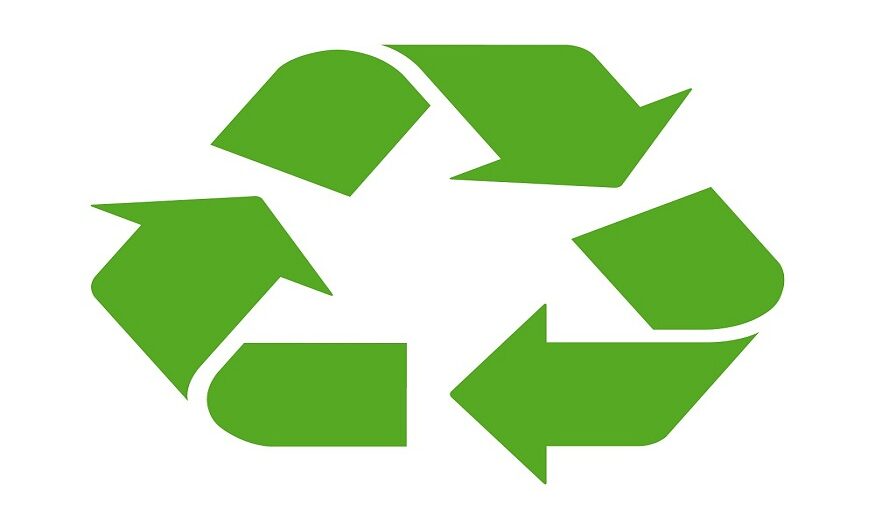
Symbols can be powerful illustrations of powerful concepts. Take the symbol of the modern Olympic Games. We all recognize it. We associate it with the pageantry and honor of competing in the Olympic Games. Symbols are like that. Unfortunately, symbols can also lead to misunderstanding.
In our especially sensitive modern culture, there are a lot of symbols that evoke strong emotions. Those will be avoided in this post. Instead, we will stick to something rather benign: the universal recycling symbol. Despite the good intentions behind creating it, the symbol has led to a lot of misunderstanding over the years.
Help Save the Planet
I was in grade school when the recycling push began in earnest in the 1970s. I remember being told by my teachers that the planet was in danger and that I could contribute to saving it by encouraging my family to recycle. Yes, this was 50 years ago.
I remember learning about the green symbol we now consider the universal recycling symbol. It was introduced in 1970 as part of the first Earth Day celebration. Teachers reminded us to look for the recycling symbol on paper and plastic products. If we found the symbol, there was a way to recycle the product in question.
By the time the 1980s rolled around, recycling organizations were having a lot of trouble with plastics. Their difficulty was in sorting out the many types of plastics in order to figure out what could be recycled. That is where the plastic numbering system comes into play. It was birthed out of a desire to make sorting easier. It also helped manufacturers bring consistency to the types of plastics they were using.
The Great Misunderstanding
So far, all of this makes perfect sense. So, what is the great misunderstanding? The idea that any product with the recycling symbol on it is recyclable. It is a misunderstanding that persists today, thanks to overly enthusiastic recycling proponents who push people to recycle without telling them the truth about what actually happens.
Ask yourself this: how much plastic, paper, and glass do you put in your curbside recycling bin every week? Here is another question: do you know how much of it actually gets recycled?
Glass and paper are almost always recycled. Doing so is easy and profitable. The same cannot be said for plastic. Unfortunately, more than 90% of the plastics humanity generates every year never get recycled. They end up in landfills or incinerators. That includes most of the plastics you put in your recycling bin.
Industrial vs. Curbside Recycling
Curbside recycling is essentially a charade. It is a ruse. That’s why so many communities around the country are giving up on it. Curbside recycling just cannot be done profitably in most communities. On the other hand, industrial plastic recycling is big business. Companies like Tennessee-based Seraphim Plastics make a lot of money at it.
Seraphim Plastics picks up industrial scrap plastic from warehouses, manufacturers, and even retail operations. They use choppers and shredders to reduce it to something known as regrind. Then the regrind is sold to customers who combine it with virgin plastic pellets to make new end products.
Industrial plastic recycling works for two reasons. First, there is very little manual labor involved. Plastics are already separated and cleaned before Seraphim picks them up. Second, there is a strong market for regrind. Selling regrind is how Seraphim makes its money.
Unfortunately, heavy use of the universal recycling symbol has led to the misunderstanding that all plastics with the symbol are recycled. That is not the case. Furthermore, it never was.
